There will come a time when the richest people who ever lived will be those who control outer space, in particular the Moon and the asteroids. There are vast resources out there, bound in giant rocks hurtling through space, and in the lunar dust. But the first steps will be taken by the brave, and perhaps the reckless in pursuit of a space dream. If you dream of space, nothing can stop you. Not the disagreement of others or the judgement of experts, neither short-sighted investors nor government regulations. One such dream will happen on the Moon’s surface in just a few months.
The space company Astrobotic will attempt to land at the Moon’s south pole – a region of extensive shadows where ice may have accumulated and the site of the next US human landing. Its Griffin Mission 1 will deploy a small rover to survey the scene with a multi-spectral camera prospecting for a stable isotope of Helium called Helium 3. Its name brightens the eyes of advocates who point out it’s the most valuable resource in space. If the moon’s surface were scattered with diamonds, it would not be worth bringing them back, but Helium 3 is a different matter.
It is used in medical scanners. Since 9/11 the US Dept of Homeland Security has also mandated its use in border-control radiation monitors. Since then, US stockpiles have fallen to 20 percent of what they were. It is usually made from the decay of tritium (an isotope of hydrogen) in nuclear weapons stockpiles. This provides the US with between 22,000 and 30,000 litres a year, out of this it releases between 8,000 – 10,000 litres to maintain a national stockpile. The world is running out of Helium 3.
The Moon could be the answer. Over billions of years it has collected He-3 from the stream of charged particles given off by the sun. Consequently, there could be a million tonnes of Helium-3 in the lunar dust. But how to get it?
The camera on the lunar rover is a joint venture between NASA and Interlune a private company founded by former executives from Blue Origin and Harrison Schmidt the 12th person to walk on the Moon giving him some first-hand experience of the task. They have a plan for a larger rover that will crawl across the surface collecting and sifting the dust extracting the tiny amounts of Helium 3. Their focus is on its collection and they will be looking for partners to provide the means to return it to Earth. It’s estimated that over a hundred tonnes of dust will have to be processed to produce just a gramme of helium. Yet such is its value it could be worth doing at $20 million per kg.
If it works Interlune could become the first entity to mine the Moon which is legal in US law. It already has customers. Finnish company Blufors has an option to purchase tens of thousands of litres of spending “above $300 million.” They want the Helium 3 for its chandelier-like devices known as dilution refrigerators. They are used by quantum computing leader IBM to cool their computers to a level 200 times colder outer space. This makes the fundamental computing components of a quantum computer – qbits – more stable. Existing quantum computers have more than a thousand qubits but there are plans for computers with a million or more requiring more Helium 3 than is available on planet Earth.
The lunar dust contains a much greater amount of many other useful substances. Oxygen and hydrogen in the form of ice will give future colonists oxygen to breathe, water to drink as well as rocket fuel. The dust also has extractable iron, silicon, aluminium and many platinum group metals that will be essential for the long-term function of a moonbase.
Beyond that there are the asteroids, debris from planet formation that contain their own treasure trove of metals and minerals. All the platinum ever mined in the world would fit into a single room. There is far more than that in even a small asteroid. But asteroids have their own problems.
You must get there, excavate, smelt, store and return. It’s technologically beyond us but that doesn’t stop the space dreamers. The Asterank.com database provides estimates of asteroid resources and estimates a profit of $30 billion from mining asteroid Ryugu. Significantly we have already been to Ryugu when in 2020 a Japanese spacecraft returned samples from it. Importantly Ryugu is only 900 metres across which might be an advantage.
I expect the first wave of asteroid miners to pioneer the way with most of them falling by the way. But eventually it will pay off big-time.
Contemplate this. In the near future the very best restaurants in the world will serve you a glass of water at a fabulous price. It will be no ordinary water but brought back from the Moon. Sometime later super powerful quantum computers will power the Earth’s AI infrastructure, cooled by helium 3 mined on the Moon.
The mission to mine the Moon
A space company will this month land on the surface to prospect for a resource more precious than diamonds
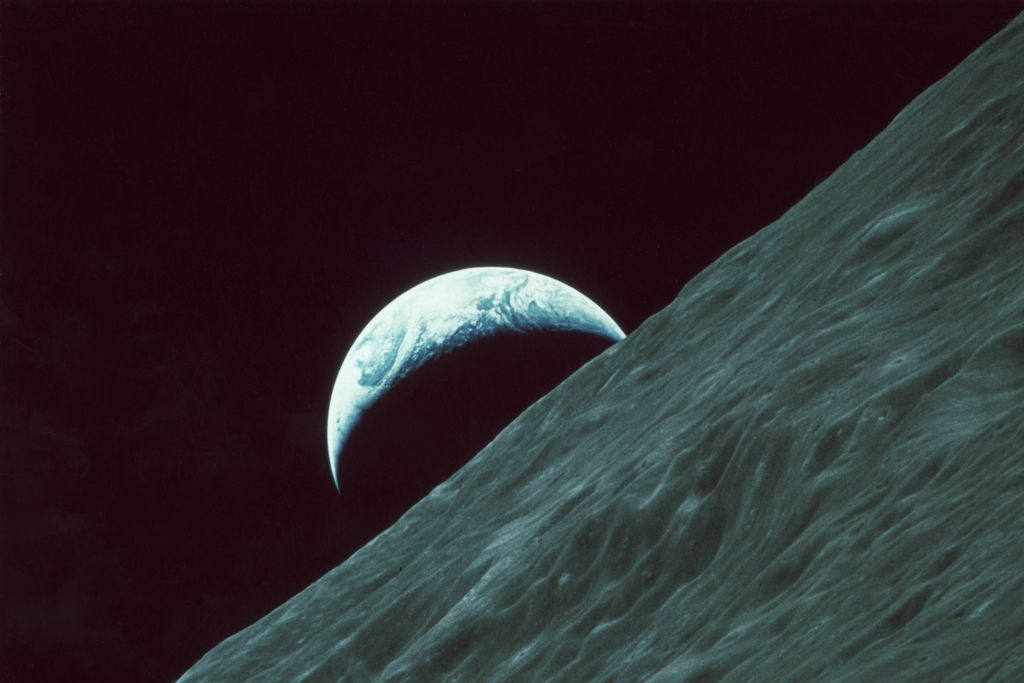
The planet Earth as seen from the surface of the moon during the Apollo 17 lunar landing mission, December 1972 (Getty)
There will come a time when the richest people who ever lived will be those who control outer space, in particular the Moon and the asteroids. There are vast resources out there, bound in giant rocks hurtling through space, and in the lunar dust. But the first steps will be taken by the brave, and perhaps the reckless in pursuit of a space dream. If you dream of space, nothing can stop you. Not the disagreement of others or the judgement of experts, neither short-sighted investors nor government regulations. One such dream will happen on…









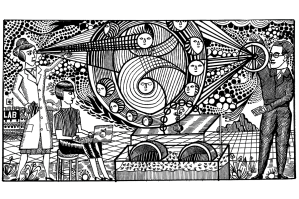


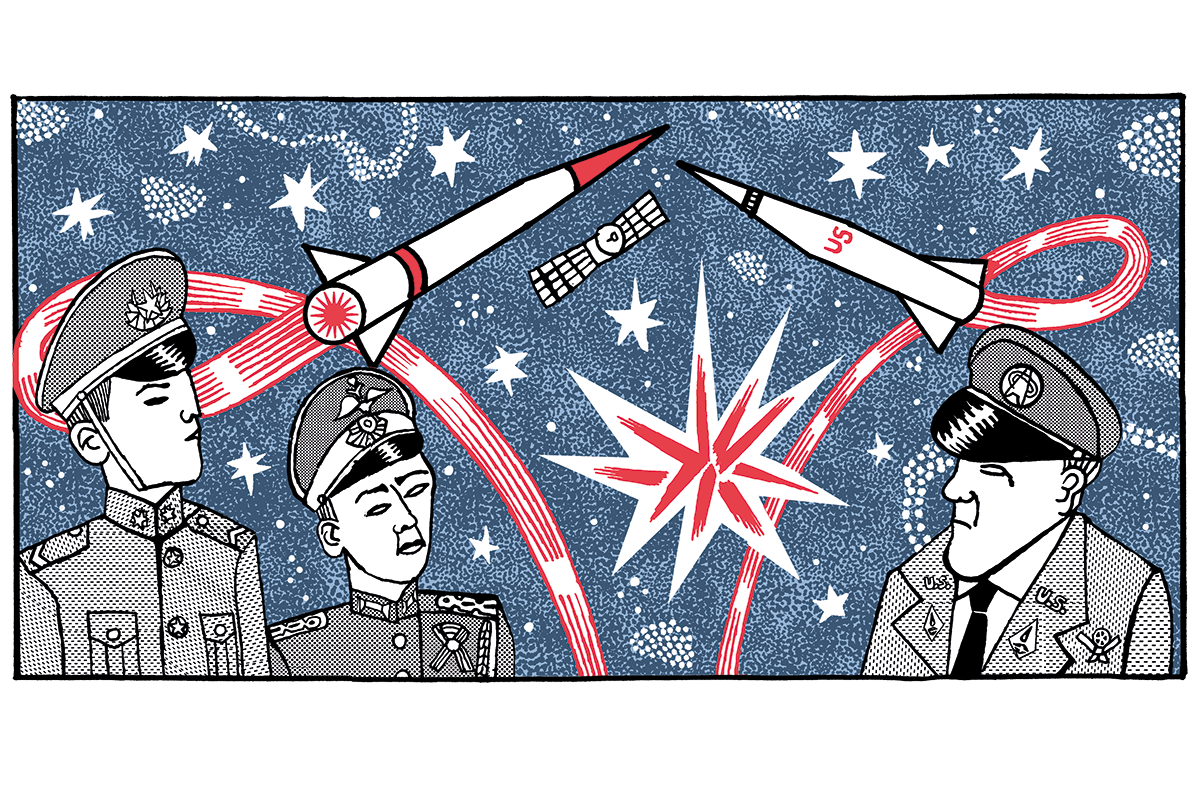

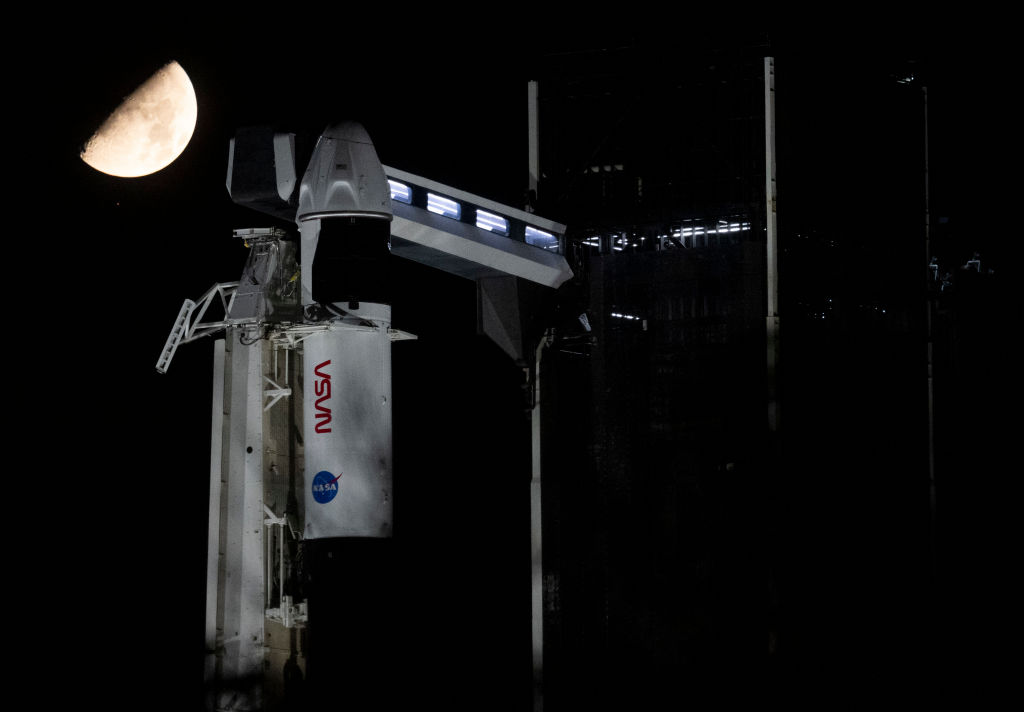

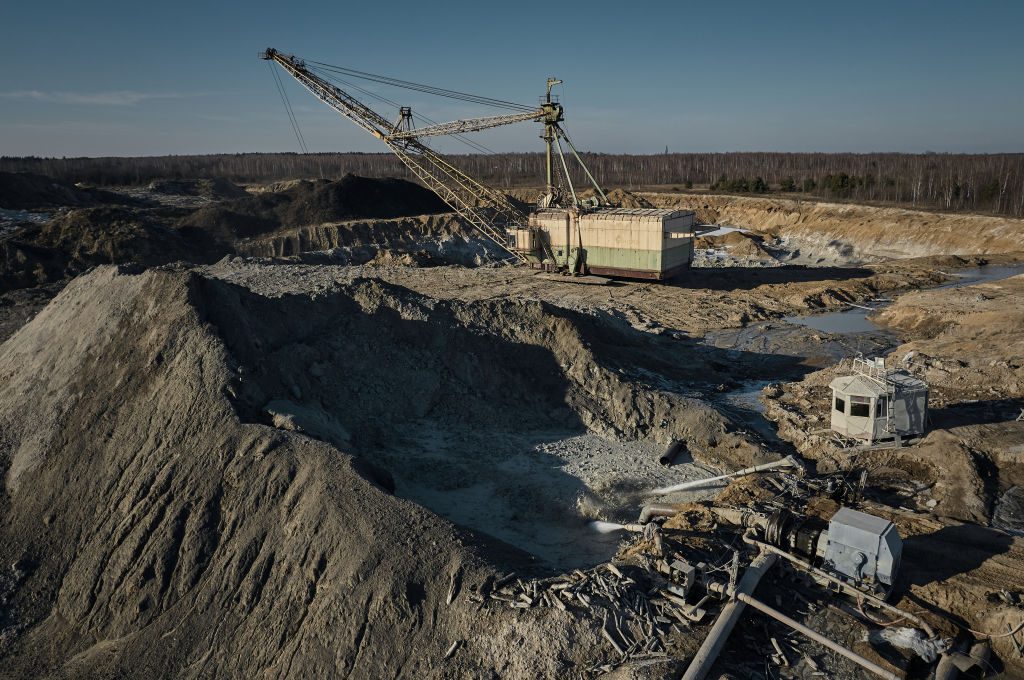
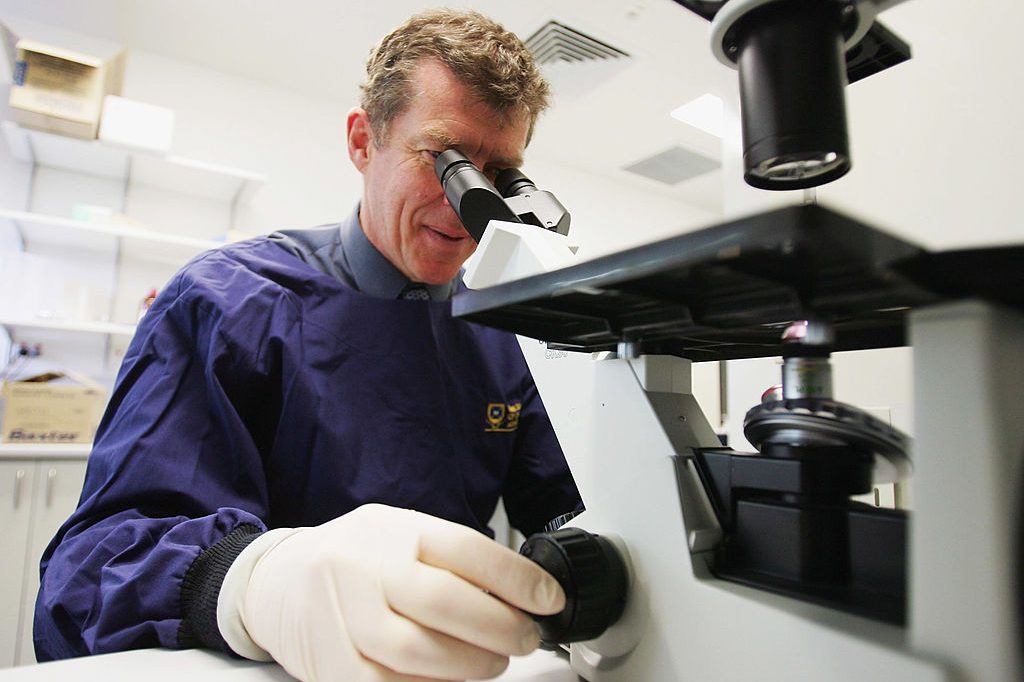







Leave a Reply